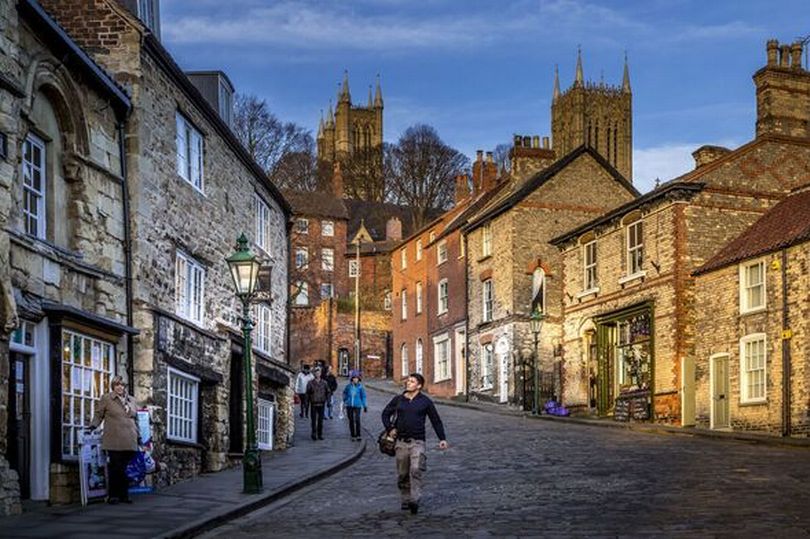
COBBLED STREET IN UK CITY THAT'S ONE OF THE 'MOST BEAUTIFUL IN THE COUNTRY'
Tucked away in an historic UK city is a steep, cobbled street dotted with independent shops, restaurants, tea rooms and shops.
The aptly named Steep Hill, nestled in the Medieval heart of Lincoln, leads to the famous cathedral. But the street itself deserves some attention as in 2012, it received the Great Street Award from the Academy of Urbanism, thanks to it "adapting while respecting and enhancing its heritage".
Halfway up the street is Norman House, a picturesque building dating back to around 1170, one of the oldest surviving, domestic buildings in the UK. Today, it is home to a specialist tea shop but it was originally built for Aaron of Lincoln, a Jewish moneylender who advanced large sums of money to nobility such as King Henry II.
It is also home to what is regarded as some of the city's best restaurants. Within one of the 12th-century stone buildings at the foot of Steep Hill is The Jews House, an independent restaurant offering both an a la carte and a tasting menu made up of locally sourced food, reports the Express.
Steep Hill aside, there is plenty of history and impressive buildings to marvel at in Lincoln. The city's centrepiece is the iconic Lincoln Cathedral which was the world's tallest building for more than two centuries. It held onto this record until 1549 when the spire collapsed. Had it remained standing, the 160-metre-tall building would have remained the world's tallest building for almost six centuries.
The cathedral boasts one of the only two remaining Wren Libraries in the world. Art historian Sir Roy Strong once hailed it as "the most beautiful room in England". Designed by the renowned Sir Christopher Wren, who also crafted St Paul's Cathedral and Kensington Palace, this 17th-century gem features a timber frame filled with oak reading desks that continue to serve students and scholars today.
Lincoln doesn't just stop at architectural beauty - it's steeped in history too, hosting a castle built by William the Conqueror in 1068 after his victory at the Battle of Hastings. And the castle isn't just any old fortress; it houses an original 1215 Magna Carta and a Victorian prison that detained debtors up until 1878. The prison was designed with a "separate system" intended to make inmates reflect, repent and reform.
2024-05-26T13:18:50Z dg43tfdfdgfd